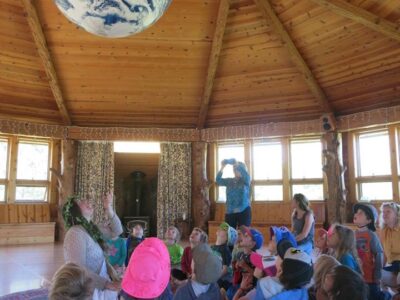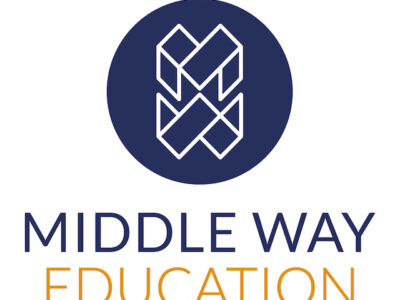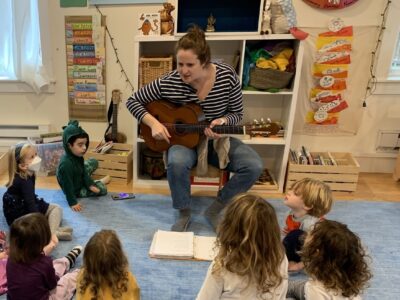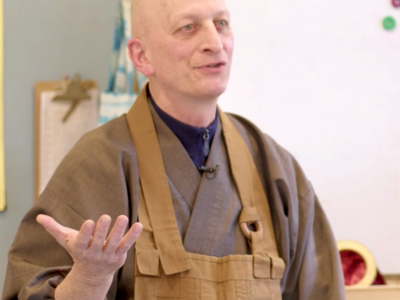Activity
Family Sundays: Mandala Lab
About This Resource
Summary From the Rubin Museum: An engaging art project in mandala making with the aim of exploring our emotions
Age Range Middle/Junior High School (ages 13-15), Primary/Elementary School (ages 5-12), Secondary/High School (ages 16-19)
Contributor The Rubin Museum of Art
Topics Arts and Crafts, awareness, Buddhism, buddhist education, buddhist parenting, Dharma Teaching for Kids, Emotions, Mandala, Symbolism
Download
Details
What is a mandala?
Consider how complex feelings show up in your everyday life and imagine how you might have the power to transform them. Mandalas are Buddhist teaching tools that can be used to learn how to confront and transform feelings of pride, attachment, envy, and anger. In Buddhism, these emotions are said to cloud our understanding of the world.
Let’s explore these emotions together!
Download the activity by clicking the button to at the top right of the page.
See also: Rigpé Yeshé’s Nature Mandala Activity
Related Resources
Motherhood as a Spiritual Art
October 9, 2024
In this pithy article, educator and mom Deborah McNamara writes about her experiences as a Buddhist mother and teacher with advice on how to relate with children.
Nine Principles of the MWE Model (Chinese)
October 6, 2024
The Nine Principles of the MWE Curriculum were given to us by Dzongsar Khyentse Rinpoche and vetted by lineage holders from all the major traditions (Zen, Theravada, Pure Land et al). Thanks to Candice Tsuei for translating them into Chinese.
Sit with Me Song
February 26, 2024
Gillian Eames, the preschool teacher at the Middle Way School in New York, put music to Carolyn Kanjuro's book Sit With Me. The song teaches the seven points of meditation posture.
Shugen Roshi on Equanimity, Emotions, and Walking Meditation
January 25, 2024
This video recording (1hr) is of Shugen Roshi's talk at the Middle Way School in January 2024. Shugen sat with students and parents to talk about impermanence, one of Middle Way Education’s core units of inquiry. He focussed on the importance of cultivating equanimity in the context of recognizing the impermanent, always-changing quality of all things. He also fielded questions from parents and students, who wanted to know things like “how did the Buddha have fun?”
About The Contributor
The Rubin Museum of Art
The Rubin Museum is a dynamic environment that stimulates learning, promotes understanding, and inspires personal connections to the ideas, cultures, and art of Himalayan Asia.





